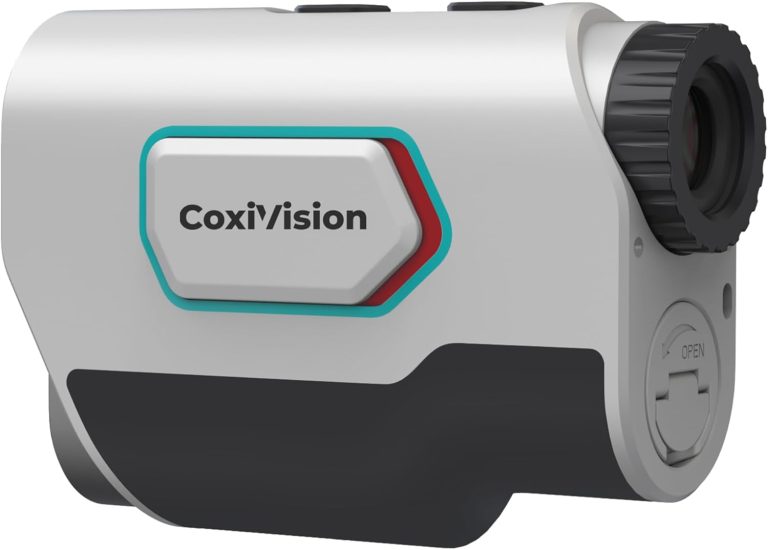Hunting is a time-honored tradition that requires skill, patience, and the right equipment. At the heart of every hunter’s gear is their rifle – a tool that can make or break a hunting experience. Selecting the perfect hunting rifle is not just about picking the most expensive or popular model; it’s about finding the right fit for your specific needs and preferences. This guide will walk you through the essential factors to consider when choosing a hunting rifle, helping you make an informed decision that will enhance your hunting adventures for years to come.
Understanding Your Hunting Needs
Before diving into the world of hunting rifles, it’s crucial to understand your specific hunting requirements. Are you planning to hunt small game like rabbits and squirrels, or are you aiming for larger prey such as deer or elk? Perhaps you’re interested in long-range varmint hunting? Each type of game and hunting style calls for different rifle characteristics.
For instance, if you’re primarily hunting deer in wooded areas where shots are typically under 200 yards, a lever-action rifle in .30-30 Winchester might be an excellent choice. On the other hand, if you’re planning on elk hunting in open country where longer shots are common, a bolt-action rifle in .300 Winchester Magnum could be more appropriate. The right Hunting Equipment selection is essential.
Types of Hunting Rifles
Let’s explore the main types of hunting rifles and their typical applications:
- Bolt-Action Rifles: Bolt-action rifles are renowned for their accuracy, reliability, and versatility. They’re suitable for a wide range of game, from small varmints to large big game animals. The manual operation of the bolt allows for precise shot placement and is less prone to mechanical failures compared to semi-automatic rifles. Popular calibers for bolt-action rifles include .243 Winchester for smaller game, .308 Winchester for all-around use, and .30-06 Springfield for larger game.
- Lever-Action Rifles: Lever-action rifles offer a blend of tradition and functionality. They’re known for their quick handling and ability to fire multiple rounds in rapid succession. These rifles are often favored for brush hunting where quick target acquisition is essential. The .30-30 Winchester is a classic lever-action caliber, effective for deer hunting at moderate ranges. For larger game, the .45-70 Government offers impressive stopping power.
- Semi-Automatic Rifles: Semi-automatic rifles provide the fastest follow-up shots, making them popular for driven hunts or situations where multiple targets might present themselves. They’re also an excellent choice for hunters who are sensitive to recoil, as the semi-automatic action helps absorb some of the kickback. The .308 Winchester and .30-06 Springfield are common calibers in semi-automatic hunting rifles.
- Single-Shot Rifles: Single-shot rifles are the epitome of simplicity and accuracy. They’re often chosen by experienced hunters who prioritize precision over rapid follow-up shots. These rifles are excellent for long-range hunting and are available in a wide range of calibers, including powerful options like the .300 Winchester Magnum and .338 Lapua Magnum.
Check hunting rifles under $100
Choosing the Right Caliber
Selecting the appropriate caliber is perhaps the most critical decision when choosing a hunting rifle. The caliber you choose should be based on the game you intend to hunt, the typical shooting distances in your hunting area, and your personal shooting abilities. Here’s a general guide to help you match calibers with game:
- Small Game (rabbits, squirrels): .22 Long Rifle, .17 HMR
- Varmints (coyotes, prairie dogs): .223 Remington, .22-250 Remington
- Deer: .243 Winchester, .270 Winchester, .30-30 Winchester for Deer Hunting
- Elk and Black Bear: .30-06 Springfield, .300 Winchester Magnum, 7mm Remington Magnum
- Moose and Grizzly Bear: .338 Winchester Magnum, .375 H&H Magnum
Remember, these are general guidelines. Many calibers can serve multiple purposes, and factors like bullet construction and shot placement are just as important as caliber choice.
Rifle Features to Consider
When evaluating hunting rifles, pay attention to these key features:
- Action Type: As discussed earlier, choose between bolt-action, lever-action, semi-automatic, or single-shot based on your hunting style and preferences.
- Weight: A lighter rifle is easier to carry on long hunts but may increase felt recoil. Heavier rifles are more stable for long-range shooting but can be tiring to carry.
- Barrel Length: Longer barrels generally offer better accuracy and velocity but can be unwieldy in dense brush. Shorter barrels are more maneuverable but may sacrifice some performance.
- Stock Material: Wooden stocks offer traditional aesthetics but can be affected by moisture. Synthetic stocks are more durable and weather-resistant.
- Trigger: A crisp, adjustable trigger can significantly improve accuracy. Many hunters prefer a trigger pull weight between 3-5 pounds.
- Magazine Capacity: Consider local hunting regulations, which may limit magazine capacity. A detachable magazine can be convenient for quick reloading.
Essential Accessories
To maximize the performance of your hunting rifle, consider these accessories for hunting:
- Scope: A quality hunting scope is crucial for accurate shot placement. Choose a scope with appropriate magnification for your typical hunting distances.
- Sling: A good sling makes carrying your rifle over long distances much more comfortable.
- Bipod: For long-range shooting or when hunting in open country, a bipod can greatly improve stability.
- Gun Case: Protect your investment with a sturdy, weather-resistant gun case for transport and storage.
- Cleaning Kit: Regular maintenance is essential for your rifle cleaning kit for longevity and performance.
Practical Considerations
When choosing a hunting rifle, don’t overlook these practical factors:
- Budget: Best hunting rifles are available at various price points. Remember to factor in the cost of accessories, especially a good scope.
- Fit: The rifle should feel comfortable when you shoulder it. Pay attention to length of pull, cheek weld, and overall ergonomics.
- Recoil Tolerance: Choose a caliber and rifle weight that produces recoil you can manage comfortably. Excessive recoil can lead to flinching and poor accuracy.
- Versatility: If you plan to hunt various game, consider a rifle and caliber combination that can serve multiple purposes.
- Local Regulations: Always check your local hunting regulations regarding permitted calibers and magazine capacities.
Ethical Considerations
As a responsible hunter, it’s crucial to choose a rifle and caliber combination that ensures clean, ethical kills. This means selecting a caliber with sufficient power for the game you’re hunting and practicing to achieve the accuracy needed for proper shot placement.
Conclusion
Choosing the right hunting rifle is a personal decision that requires careful consideration of many factors. By understanding your specific hunting needs, familiarizing yourself with different rifle types and calibers, and considering practical factors like budget and local regulations, you can select a rifle that will serve you well for many hunting seasons to come.
Remember, the best hunting rifle is one that you can shoot accurately and confidently. Take the time to practice with your chosen rifle, familiarize yourself with its characteristics, and always prioritize safety in the field. With the right rifle in your hands and the knowledge to use it effectively, you’ll be well-equipped for successful and ethical hunting adventures.













